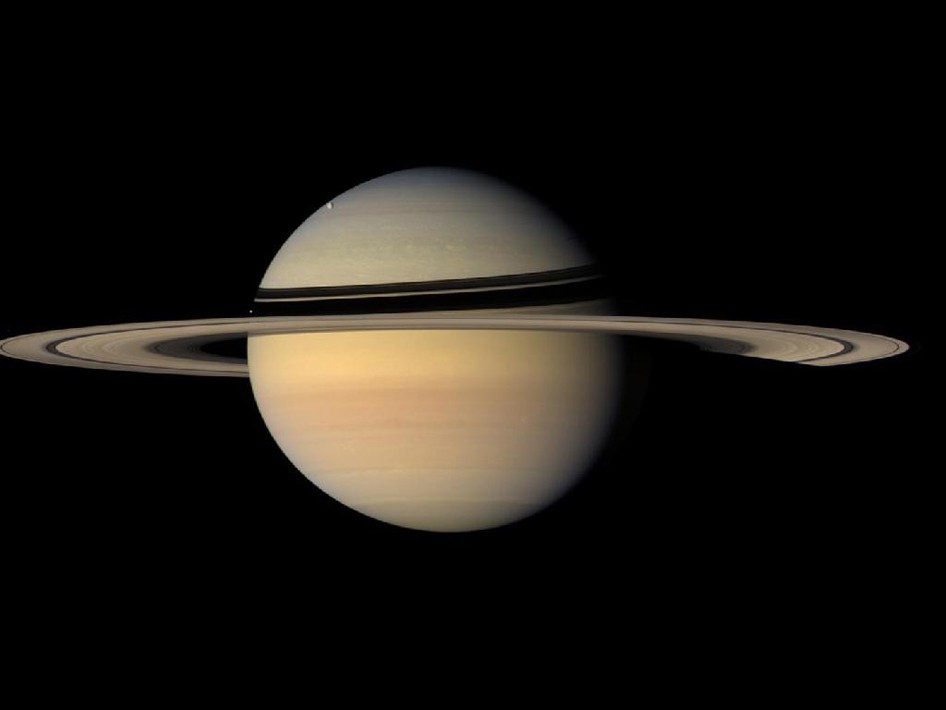Nasa Spacecraft Finds Mysterious Object In Saturn Rings [PHOTOS]
Scientists from Nasa's Cassini spacecraft have discovered mysterious half-mile-sized objects that punched through one of Saturn's rings leaving glittering trails behind. They believe these trails in the rings - which are also known as mini jets - fill in a missing link about the strange behaviour of the F ring.
"I think the F ring is Saturn's weirdest ring, and these latest Cassini results go to show how the F ring is even more dynamic than we ever thought," said Carl Murray, scientist at the Queen Mary University of London, England. "These findings show us that the F ring region is like a bustling zoo of objects from a half mile [kilometre] in size to moons like Prometheus a hundred miles [kilometres] in size, creating a spectacular show."
Earlier, scientists had discovered that relatively large objects like Prometheus - which is the third inner satellite of the Saturn - can create channels, ripples and snowballs in the F ring. But scientists did not know what happened to these snowballs after they were created.
They believe that some were surely broken up by collisions or tidal forces in their orbit around Saturn. Now scientists have evidence that some of the smaller ones survive, and their differing orbits mean they go on to strike through the F ring on their own.
The study found that these small snowballs collide with the F ring travelling at about 2 metres per second. When the small snowballs collide with the F ring they drag glittering ice particles out of the F ring with them, leaving a trail typically 20 to 110 miles long.
Scientists believe analysing this strange behaviour of the F ring will help them know more about the evolution of our solar system.
"Beyond just showing us the strange beauty of the F ring, Cassini's studies of this ring help us understand the activity that occurs when solar systems evolve out of dusty disks that are similar to, but obviously much grander than, the disk we see around Saturn," said Linda Spilker, Cassini project scientist at Nasa's Jet Propulsion Laboratory (JPL) in Pasadena, California.



© Copyright IBTimes 2025. All rights reserved.



















